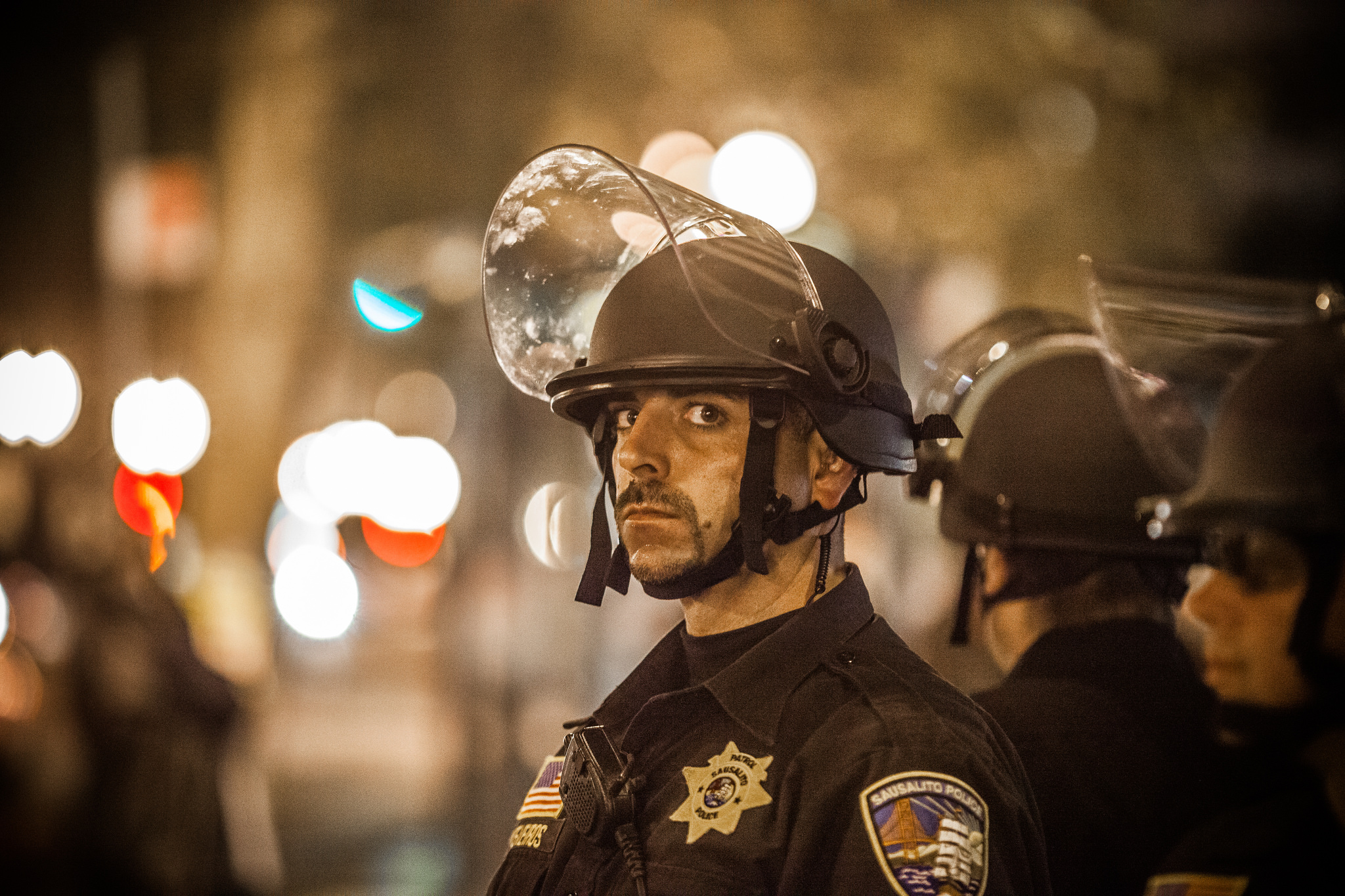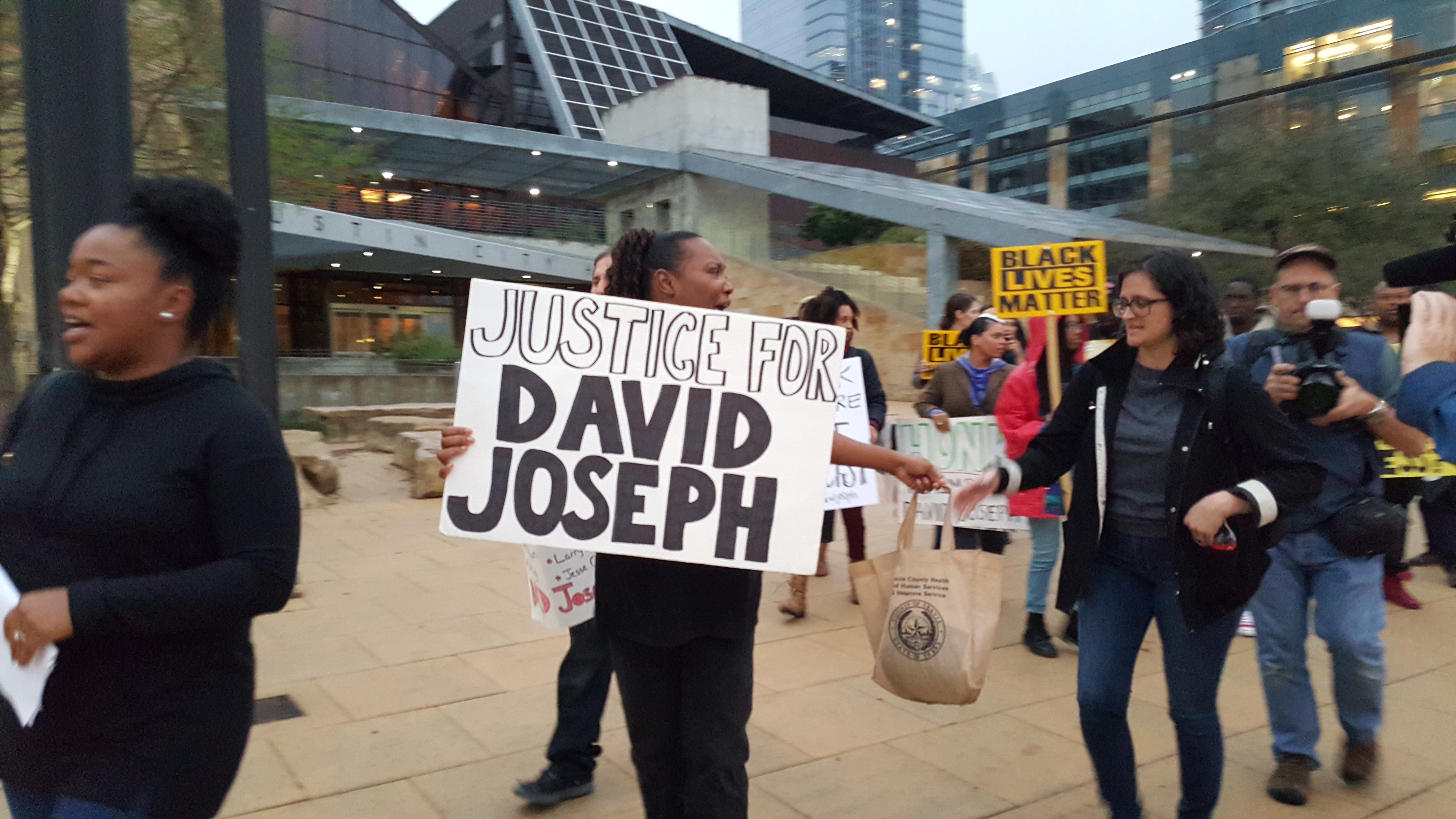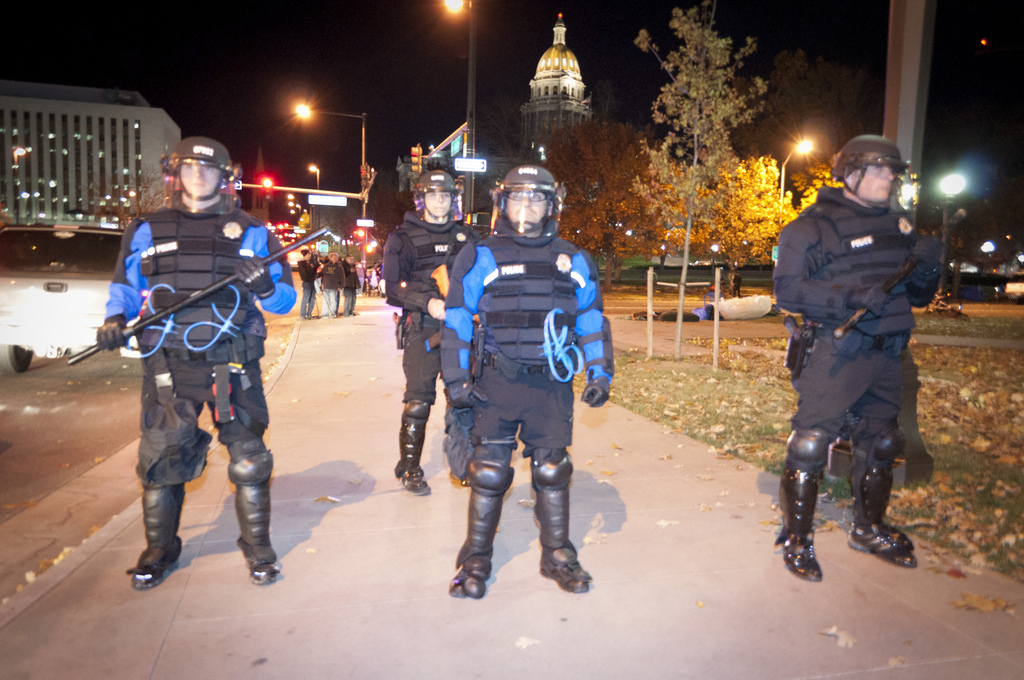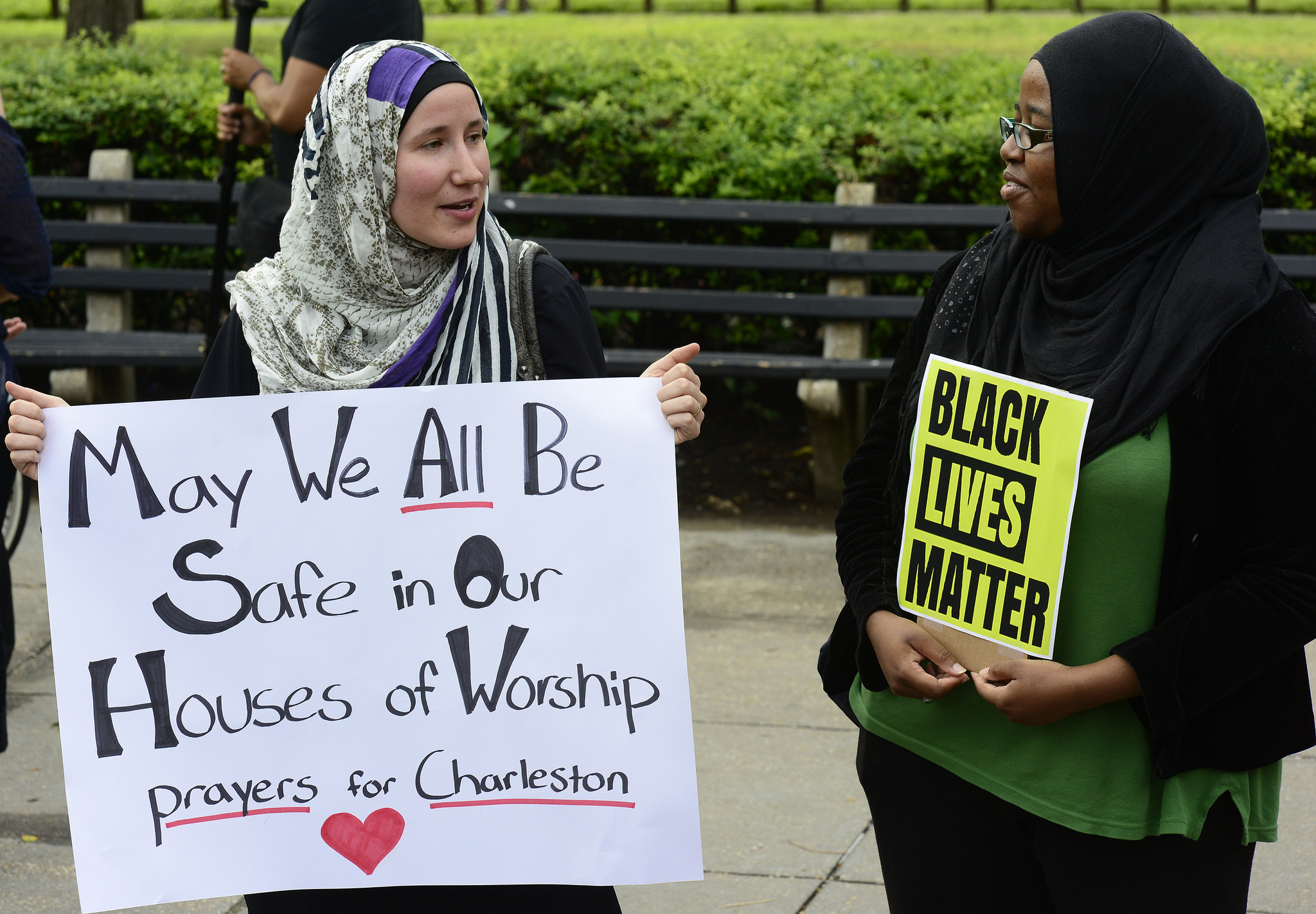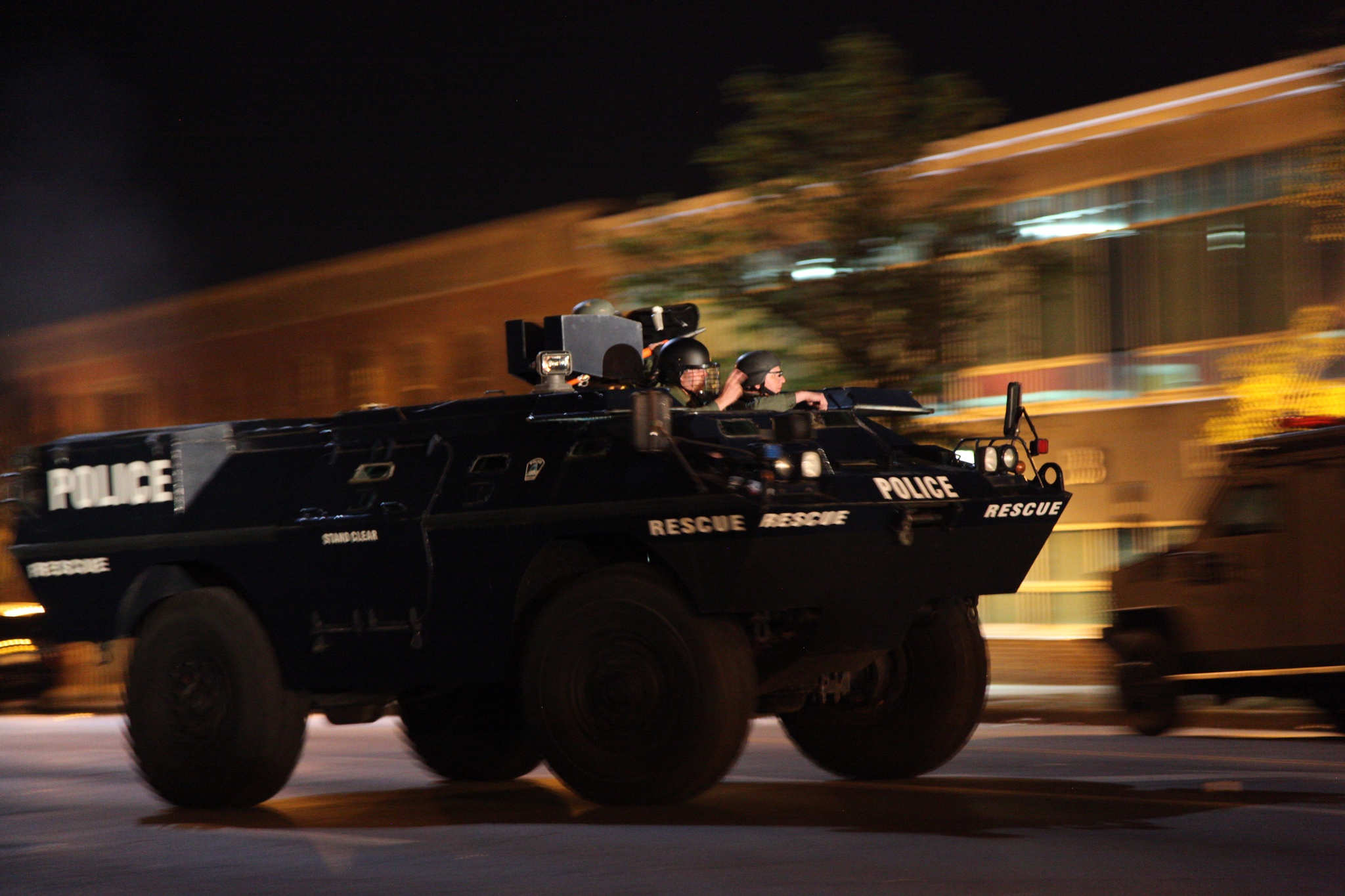A California Senate committee killed a bill to increase transparency in police misconduct investigations, hampering victims’ efforts to obtain justice.
Chauncee Smith, legislative advocate at the ACLU of California, told MintPress News that the state Legislature “caved to the tremendous influence and power of the law enforcement lobby” and “failed to listen to the demands and concerns of everyday Californian people.”
California has some of the most secretive rules in the country when it comes to investigations into police misconduct and excessive use of force. Records are kept sealed, regardless of the outcome, as the ACLU of Northern California explains on its website:
